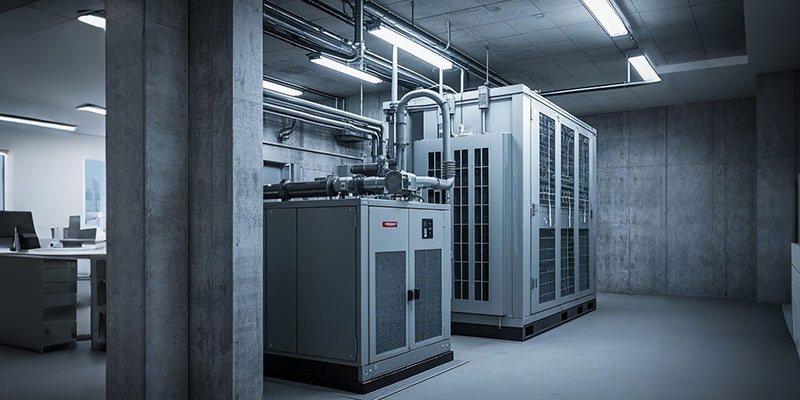Next-generation lithium–sulfur batteries: Scientists develop large-area, high-capacity prototypes
Dr. Park Jun-woo’s team at KERI’s Next Generation Battery Research Center has overcome a major obstacle to the commercialization of next-generation lithium – sulfur batteries and successfully developed large-area, high-capacity prototypes. The work is published in the journal Advanced Science.
The lithium–sulfur battery, composed of sulfur as the cathode (+) and lithium metal as the anode (-), has a theoretical energy density more than eight times that of lithium-ion batteries, demonstrating significant potential. Additionally, it uses abundant sulfur (S) instead of expensive rare earth elements, making it cost-effective and environmentally friendly. As a lightweight and long-lasting secondary battery, the lithium–sulfur battery is considered a key technological field to drive the era of urban air mobility (UAM).
However, the lithium–sulfur battery generates lithium polysulfides as intermediate substances during the charge and discharge processes. These substances shuttle between the cathode and anode, causing unnecessary chemical reactions that degrade the battery’s lifespan and performance. This has been the biggest obstacle to the commercialization of lithium–sulfur batteries.
To address this, Dr. Park Jun-woo’s team introduced an innovative technology combining single-walled carbon nanotubes (SWCNT) with oxygen functional groups. SWCNT is a next-generation material with strength surpassing steel and electrical conductivity comparable to copper, while the oxygen functional group enhances the dispersion of SWCNT within the battery.

This SWCNT combined with oxygen functional groups stabilizes the electrode, which can expand during charge and discharge, and effectively controls the dissolution and diffusion of lithium polysulfides. Consequently, the loss of sulfur, the active material, was significantly reduced.
Additionally, the high flexibility of SWCNT and the hydrophilic (solvent-friendly) nature of the oxygen functional group allow for the creation of uniform and smooth surfaces during electrode fabrication, enabling the design of large-area, high-capacity batteries.
As a result, the research team was able to produce a flexible thick electrode with dimensions of 50x60mm and successfully assemble it into a 1,000mAh (1Ah) pouch-type lithium–sulfur battery prototype. This prototype demonstrates high performance, maintaining over 85% of its capacity even after 100 charge-discharge cycles.
Dr. Park Jun-woo stated, “Our technology has not only overcome the biggest challenge of the lithium–sulfur battery through the combination of SWCNT and oxygen functional groups, but also achieved the design and prototype development of large-area, high-capacity flexible electrodes. This is a comprehensive result.
“We have laid the foundational framework that can be applied in actual industrial settings, marking a significant achievement that opens up the practical commercialization potential of next-generation lithium–sulfur batteries.”


